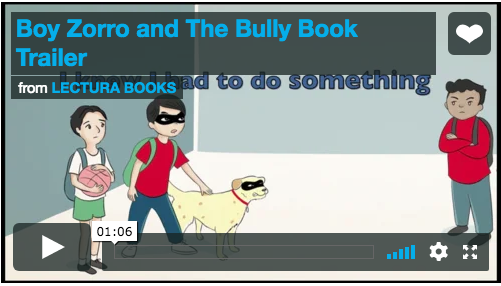Every October, people from across the U.S. unite to keep our nation’s youth safe from bullying. It is important to increase the awareness of the impact and prevalence of bullying of kids of all ages. School administrators can offer parents and students information and educational materials regarding how everyone can help to prevent bullying. Education and public policy leaders should take action at the national and local levels to create safe and supportive schools and after-school programs.
The goal of National Bullying Prevention Month is to encourage schools and communities to work together in order to stop bullying and cyber bullying. This month we can inspire our youth to unite and embrace kindness, inclusion, and acceptance. Some tips for observing National Bullying Prevention Month include:
- Acts of Kindness
During National Bullying Prevention Month, students can participate in random acts of kindness such as writing positive messages on post-it notes and handing them out to their fellow students at school. Another act of kindness is holding a buddy pairing day, in which student’s names are randomly chosen to partner up with a fellow student. School administrators can create workshops or games so that the pairs of students can work together and get to know each other’s differences and likenesses. That way, students can learn tolerance and acceptance on the basis that we, as human beings, are very much alike.
- Importance of Inclusion
Childhood and adolescence is a time in which students seek to feel included. During October, educators and schools can encourage students to be inclusive. When students are included, they feel like they are part of the group. Schools can encourage students to eat together and invite solo kids into their group, so that no one eats alone. Teachers can encourage students to invite other students to sit next to them on the bus or include them in other school-related activities.
- Conversation is Key
Teachers should encourage students to discuss how they can help stop bullying. In order to facilitate conversation, teachers can assign books such as “Boy Zorro and the Bully” by Kat Aragon, which comes with a FREE PLAY for young elementary students. “Boy Zorro and the Bully” helps students comprehend that bullying is hurtful and wrong, and that everyone can do their part to stop bullying. During the discussion, students should be encouraged to speak openly and discuss their experiences with bullying. Additionally, they can discuss how these experiences have affected them and how they have dealt with bullying.

